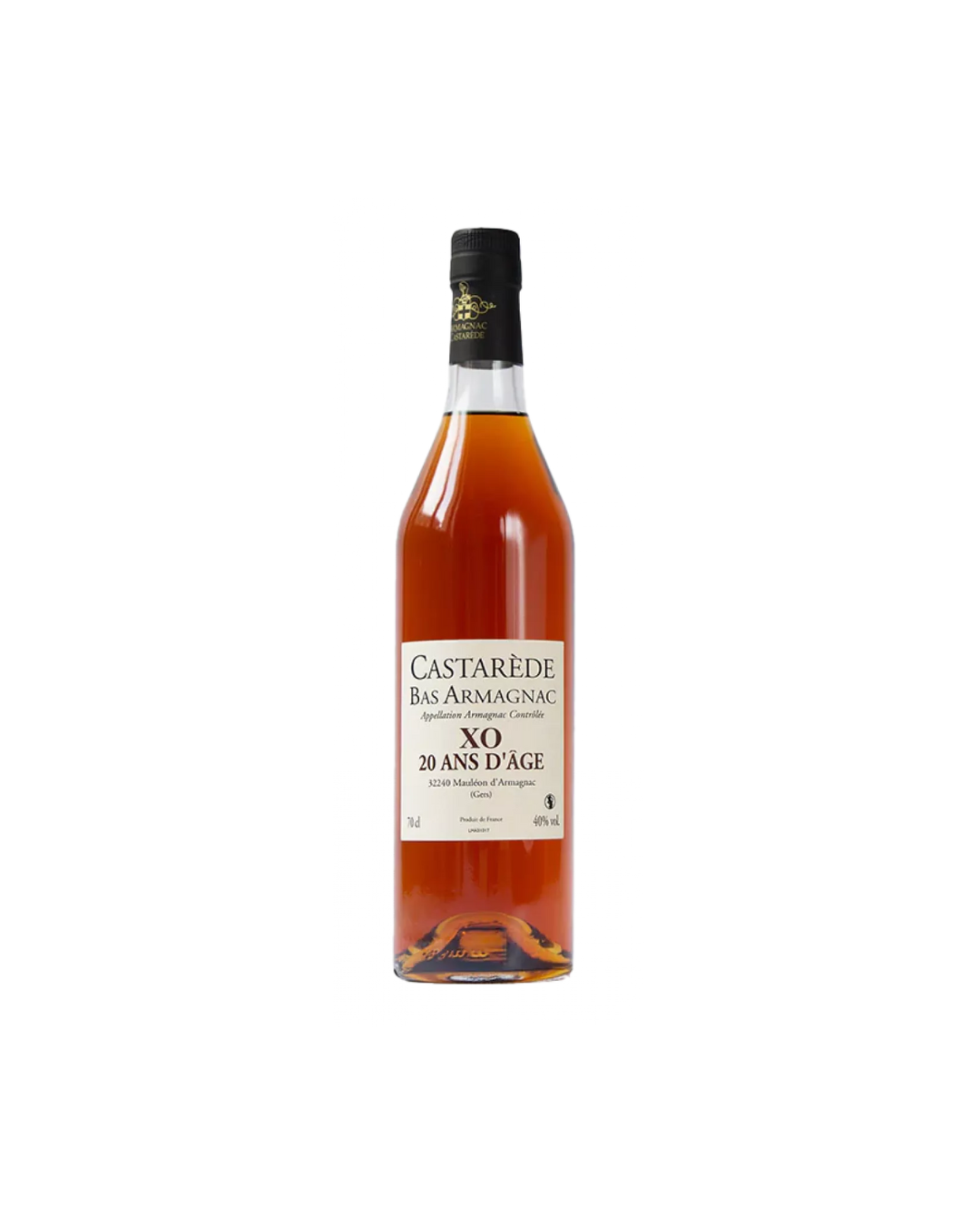Just like all distillates, Armagnac was born in the monasteries of hardworking monks who, during the Middle Age, started experimenting with alembics in order to create medicinal elixirs.
Only in a second moment it became a recreational beverage and from a simple brandy it became one of the most precious and famous distillates of the world.
What is Armagnac?
It is a distillate of wine, indeed it was the first distillate of wine, the first brandy produced in 1400. Because if we want to reduce it to minimum terms we can say it is technically a brandy which takes its name from its area of origin, the region of Armagnac, in Gascony, in the south-east of France. This way it seems Armagnac and Cognac are the same distillate, only the area of origin changes, however there are considerable differences between Cognac and Armagnac, not only for production, but also for taste, aromas and territory.
Differences between Armagnac and Cognac
They are different products, and there is not the best or the worst, there are just different characteristics that create different products suited for different tastes and palates.
The first difference: Armagnac undergoes just one distillation, however it still reaches an excellent alcohol by volume, thanks to the continuous pot still. The difference is remarkable, by making a single distillation the distillate is more fragrant, fruity and complex, at every distillation the alcohol increases and the liquid becomes purer and "less tasty": during the process aromas and flavors are eliminated. Advantage for Armagnac.
The second great difference is terroir: the characteristics of climate and soil. Here Cognac makes an ace with a unique chalk and limestone based soil found only in two other great products such as Champagne and Sherry. Advantage for Cognac.
Third difference: aging, 1 year for Armagnac, 2 and a half years for Cognac.




